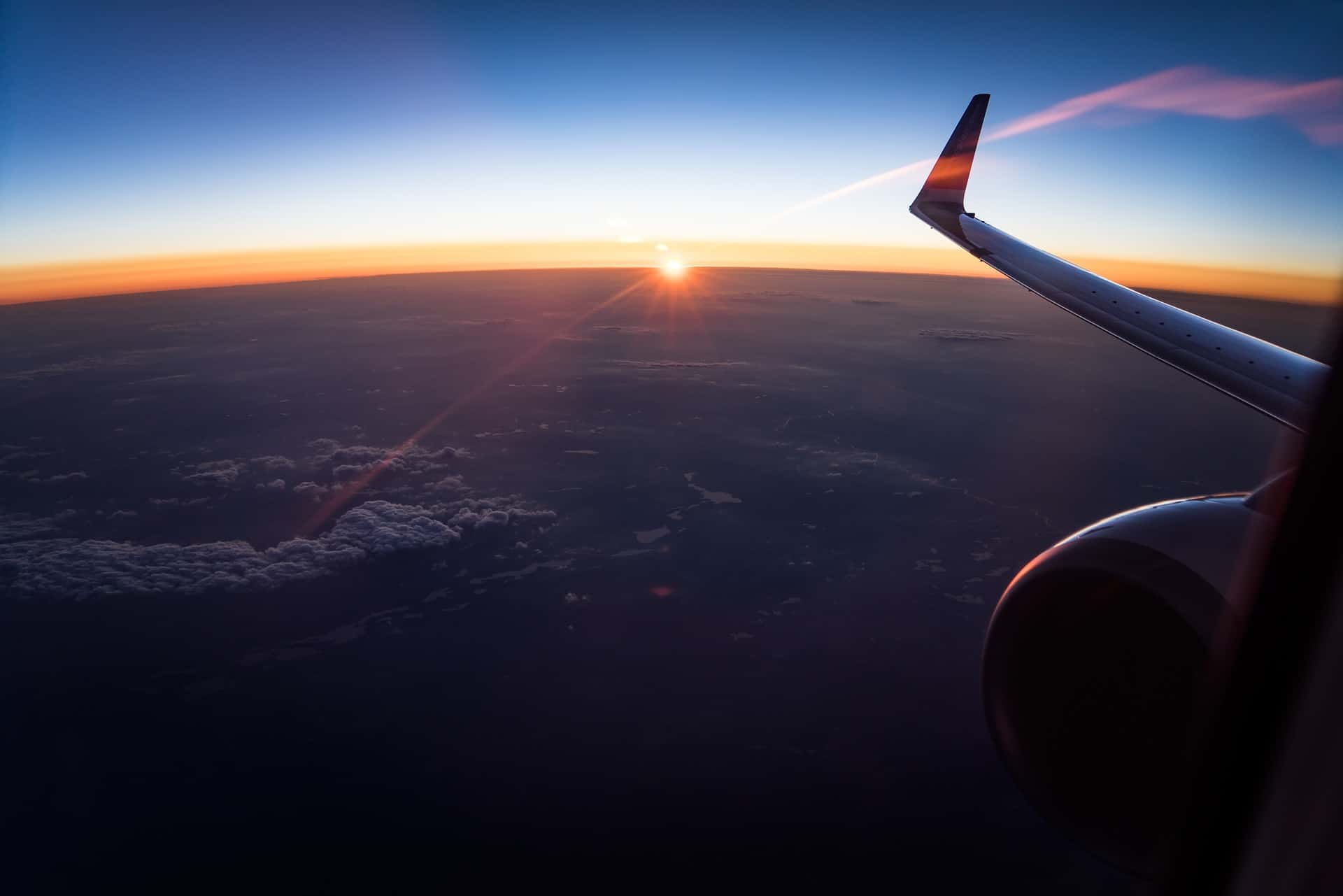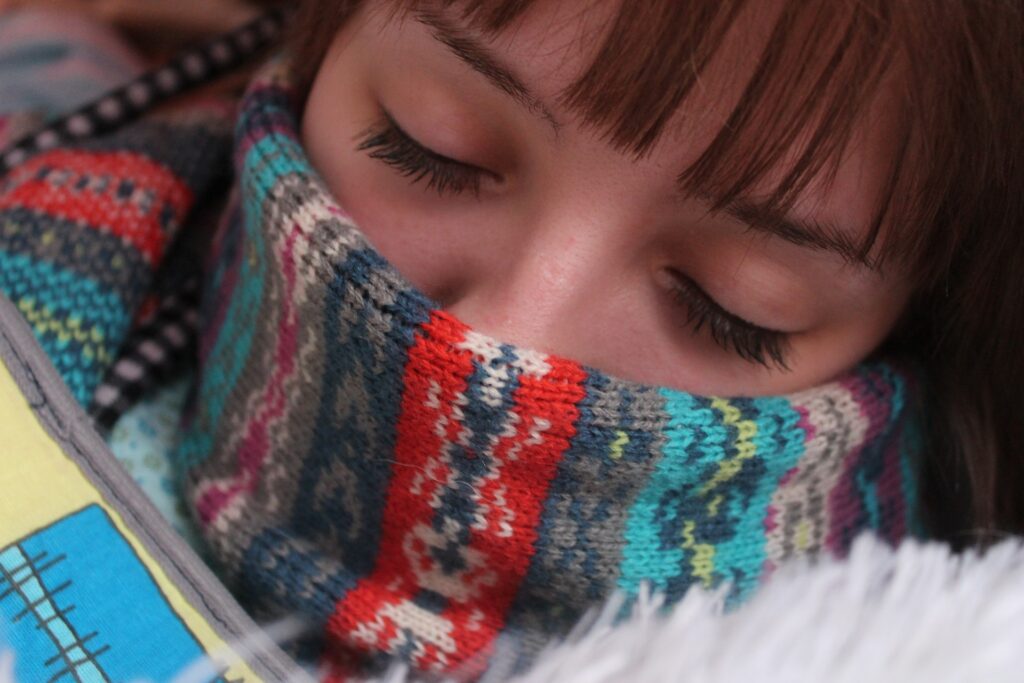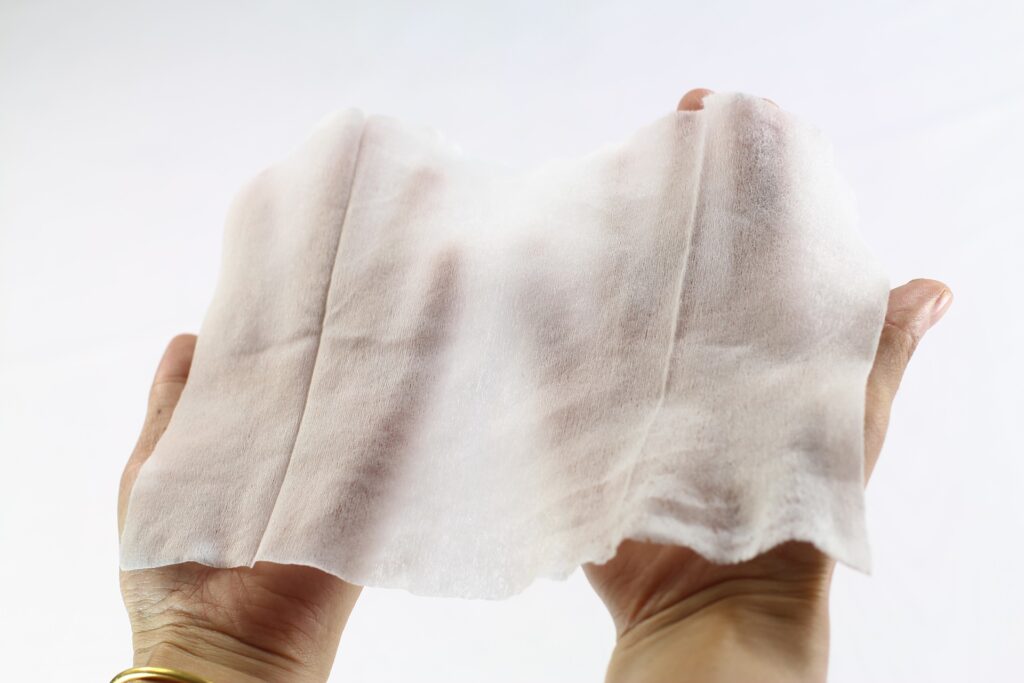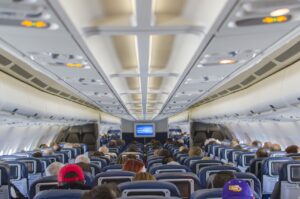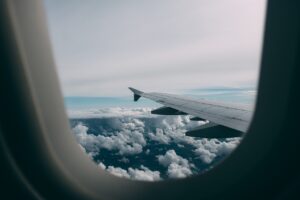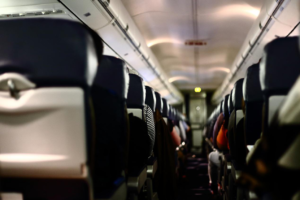Experienced travelers know the significance of sleep. If you’re facing a long trip, especially an all-night flight, no matter how familiar the flight is, one thing that’s still elusive for many travelers is how to sleep on a plane. Sleeping on an airplane is not easy – annoying neighbors, constant noise and small spaces, but that doesn’t mean you should give up sleeping on the plane. From choosing the perfect seat to wearing comfortable accessories, such as pillows and blindfolds, you can regain your vitality and feel rested better during flight.
The following are the necessities shared by travel experts to put on, carry or throw your carry-on luggage before any long-distance flight to help you survive a long or short flight. Whether you ‘re on a business trip or leisure trip, you can use these tips to get a high level of sleep so that you’ll be refreshed and ready to go when you arrive at your destination.
1. Eye Mask
Light from the window or overhead reading light inhibits the release of melatonin from sleep hormones, making it more difficult for people to fall asleep and stay asleep. The eye mask is the first necessity available in “10 Must-haves for Sleeping on a Plane.” Travel with a blindfold, which helps block any light from the cabin or any screens nearby, and helps create a more relaxed sleep environment.
A sleep mask can save you from the relentless jet lag, as sleep masks have been shown to help travelers adapt to different time zones. Sleep masks provide a better opportunity for your body to rest from the pressure inside the cabin and prepare for a hard trip or mitigating its physiological consequences. Besides, sleep masks are indispensable when your airplane neighbor insists on becoming the only person to use the overhead LED light on red eyes.
Be sure to wear a pair of eye masks that will ensure you have a good sleep and that you will not suffer the pressure on your head and any consequences.
2. Earplugs
Whether you take an economy class or business class, the plane is very noisy. It is difficult for you to fall asleep amid the cries of children and the sound of aircraft engines. A good pair of earplugs can help you close your eyes. Similar to a sleep mask, it is always good to wear earplugs to help you sleep whether you are flying at night or during the day. Be careful of those ultra-cheap earplugs; they are no better than the paper towels stuffed into your ears.
3. Scarf
Airplanes always turn on strong air conditioners. You can wrap your shoulders with a scarf, shawl or blanket, or as extra waist support, pillow, and seat cushion when folded.
To keep your seat belt visible and to prevent the flight attendant from waking you to check, you can fasten the seat belt over the blanket or scarf. Or carry two wraps with you – one on the leg and the other on your upper body.
4. Neck Pillow
Whether you tilt your head forward or sideways, an unsupported head means that you will definitely feel muscle pain within hours or even days after landing. A suitable travel pillow is a must for long-haul flights. If you can’t have a window seat to rest your head, another way to boost comfort on the plane is to use a neck or travel pillow to prevent your head from swinging from side to side and awakening you. Even the best travel pillows may look silly, but they can provide much-needed support for you to nap on the plane successfully.
Don’t forget to take your neck pillow with you, if you don’t have much space, or don’t want to drag something extra, you can choose inflatable pillows or clothes with built-in neck support function. To prevent the travel pillow from occupying too much space, you can also tie it to the outside of your backpack.
When purchasing the best neck pillow, there are three important factors to consider: Is it comfortable? Can it play a supportive role? Is it convenient to carry?
5. Noise Cancelling Headphones
The sound on the plane will bring great anxiety to some passengers, making them unable to rest. When you want to sleep, headphones will help shield you from unwanted background noise and make sure no flight announcements, talking or crying babies wake you up. You ‘d better wear a noise-canceling headset when traveling, which can protect your ears.
Most international flights have entertainment facilities and headphones are available for free. But usually, the quality of airline headsets is inferior. If you have to put up with a long-haul flight, you may have to spend hours on the aircraft’s entertainment system, so it ‘s best to put on your own headphones.
6. Comfortable Clothes
If you want to know what to wear for a long flight, don’t forget to wear a sweater when you get on the plane. It can help you eliminate the chill. Hooded shirts also work well and can be used to cover your head as a less subtle “do not disturb” sign for your neighbors. If you need to look decent at either end of the plane, wear something more elegant, such as a cardigan or a sports jacket, both can be rolled into comfortable pillows. If you don’t want those clothes to bind or hurt your skin, wool is recommended because it is soft, comfortable and elastic, it does not itch, keeps you warm, and can naturally reduce the smell.
The temperature on the plane increases and decreases. We must consider the air cabin temperature and the destination climate. These utility items will fight the different temperatures you encounter during the journey. Especially if the country you are going to is completely different from the climate of the country you are departing from, you may need to leave a suit on your carry-on so that you can change into more suitable clothes before landing, and you will need clothes that can be easily taken off or worn. The best travel attire will not slow down your pace at the airport, nor will it make you twitch uncomfortably in the cabin seat.
7. Water Bottle
The cabin is dry, and dehydration is one of the most common challenges faced by passengers who often travel long distances. It is also the number one culprit for health damage. It dries your skin and weakens your immune system, which aggravates the effects of jet lag. So drink a lot of water to moisturize your body and skin.
You can save money by reloading water instead of buying bottled water, and most airport terminals have “water refill stations.” Water bottles also help reduce plastic waste, rather than using disposable plastic cups that airlines prefer to use on flights. If you need to fill up your water bottle, just ask the flight attendants. Another tip is to choose a seat by the aisle so you can go to the restroom often. Make sure your bottle is empty before you cross the security check.
You Can also Bring
8. Snacks
It is tempting to buy a meal at the departure port or on the plane. However, these foods usually contain high levels of salt, fat or sugars. Don’t eat processed airport food, which will make you feel tired and slow-moving. It is best to bring snacks from home. Make sure that the foods and beverages you eat during long-distance flights are low-sugar, slow-burning carbohydrates and moderate amounts of protein. For example, nuts (avoid eating salty nuts, which can dehydrate you), fruit, assorted nuts, unsweetened dried fruit, dark chocolate.
For politeness, avoid eating odorous food.
9. Baby Wipes & Hand Sanitizer
Do you know how dirty the plane is? Many people cough, sneeze or breathe in a closed space for a long time. Airplanes are the perfect gathering place for bacteria and are prone to colds.
Wipes can help you solve this problem because of its disinfection effect. Wipes are good for millions of things, including cleaning up small items, removing makeup, grooming, cooling, and freeing up space without leaking liquid in the bag. Before using wipes on an airplane, make sure that the wipes do not have a strong odor.
A bottle of hand sanitizer is also important for long-distance flights. Although you are less likely to be allowed to board the plane several hours in advance to disinfect the whole plane, you can take your own steps by using hand sanitizer. Every time you want to touch something that’s going into your mouth, put some hand sanitizer on your hands.
